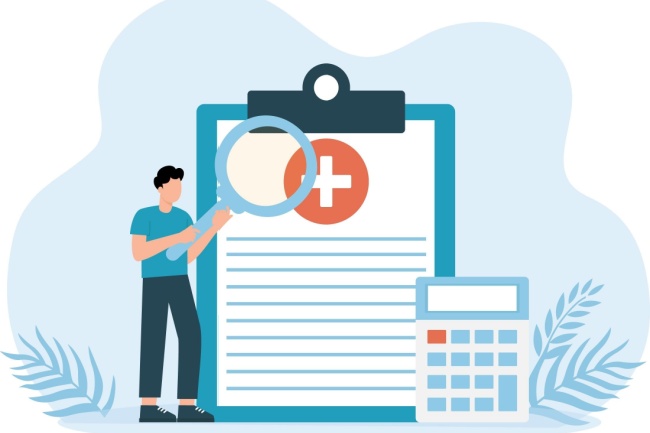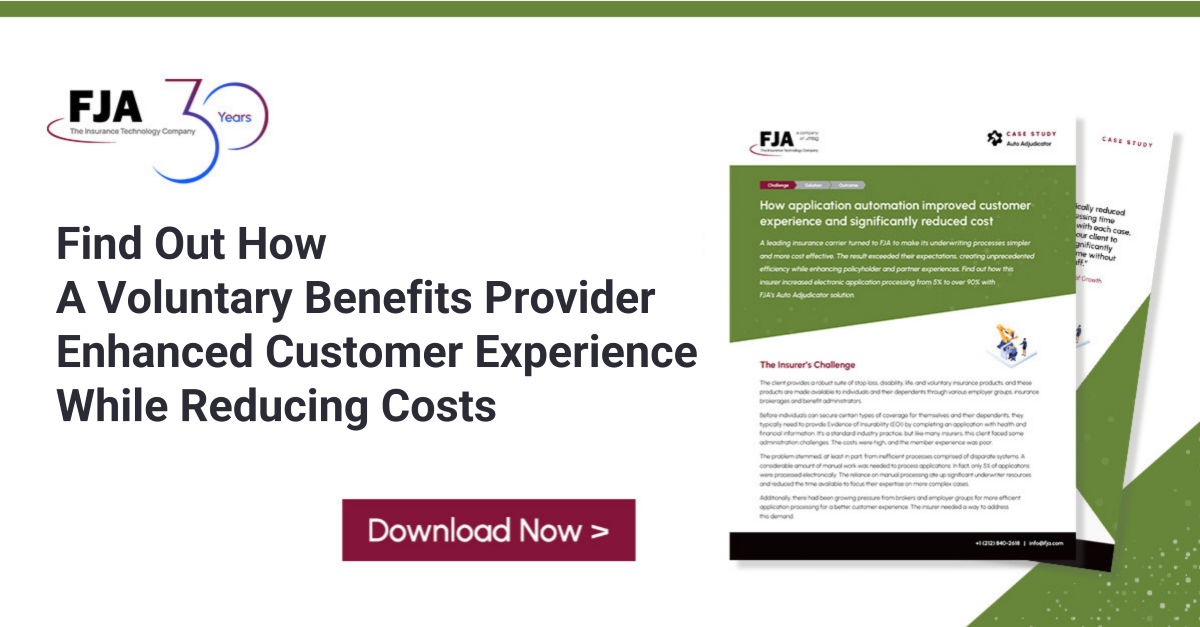If you could only reach your health insurance company by fax, you’d probably think about finding another insurer. It sounds obvious, but many companies still struggle to communicate in their customers’ preferred channels.
When health plan members need help, they want to be able to use the communication methods they’re comfortable with. Generational preferences tend to play a role, but there’s individual variation to factor in as well. To boost member satisfaction, carriers need to consider these preferences while maintaining security and privacy. A strong technological foundation to deliver accurate information consistently across multiple communication channels is key.
The Generational Divide
You may have heard that young people are afraid of answering the phone – there appears to be some truth to this. According to CNBC, Nottingham College in the U.S. has even created a telephobia seminar to help Gen Zers overcome phone-related anxiety.
However, no generation is a monolith. While some Gen Zers prefer text-based communication options over voice-based options, other Gen Zers are fine with talking on the phone.
A YouGov survey looked at generational preferences* for customer service channels. It found the following:
- Gen Zers – 25% prefer phone, 28% prefer email, and 8% prefer live chat on the business’s website.
- Millennials – 30% prefer phone, 24% prefer email, and 13% prefer live chat on the business’s website.
- Gen Xers – 39% prefer phone, 23% prefer email, and 11% prefer live chat on the business’s website.
- Baby boomers – 52% prefer phone, 17% prefer email, and 6% prefer live chat on the business’s website.
*The figures don’t add up to 100% because we’ve only listed the most popular and the most relevant for health insurance carriers.
Communication Preferences Are Becoming More Varied
Looking at the YouGov survey results, it’s clear that Gen Z as a whole does not hate talking on the phone, even if some individuals within the group do. In fact, phones are almost as popular as email in this age group. Live chat is less popular, but there’s still a decent percentage of people who prefer this option.
The main takeaway isn’t that young people hate phones, or that boomers dislike live chat – it’s that communication preferences have become more diverse. With the proliferation of options available, preferences within every generation have become more individualized. If businesses want to provide a positive customer experience, they need to provide multiple communication options.
The Channel Isn’t the Only Thing That Matters
According to Entrepreneur, what Gen Zers really want is fast and effective customer service that doesn’t make them wait on hold or deal with uninformed bots.
Whichever communication channel you use, it needs to provide the help members are seeking. Let’s say a member is trying to find out which providers are in her network. She might call a customer service line, send an email, or start a live chat. Alternatively, she could use an online directory or engage in a conversation with an AI Agent. Regardless of the method she uses, it shouldn’t take a lot of time and the information she receives should be current and accurate.
This requires integration with other systems and a common repository for information. Humans and all other channels must have access to the same current information. Otherwise, members can’t receive the help they need, or worse, they receive inconsistent information, which leads to a poor member experience.
Security Concerns Can Outweigh Preferences
In terms of modern communication options, health insurance carriers face some barriers that other industries don’t.
The information discussed in carrier-member communications is often sensitive. For example, a member may discuss his or her medical history to learn about related coverage. To stay compliant with HIPAA, carriers need to use secure methods of communication. They also need to be cautious about what they include in messages that could be intercepted, such as through voicemail or in email subject lines. Insurance companies are also mandated to provide certain information in various languages via member documents and other types of communication.
In some cases, this may make communication less convenient for the member. For example, a carrier might notify a member that a message is available on the carrier’s secure portal. As a result, the member may have to jump through additional hoops to log in to the portal to see the message. To reduce annoyance, carriers should be clear that they are doing this for the member’s privacy. They should also provide convenient options, such as secure apps.
Is Your Customer Service Model Keeping Up?
Member expectations are evolving. In the past, if you wanted to reach a business, you had to call during business hours – and then often wait on hold. Members no longer consider this acceptable. By taking a more modern approach to customer service, and providing seamless self-service options, carriers can improve member experiences and boost engagement.
Does your customer service model:
- Support a seamless experience across multiple channels?
- Reduce wait times and eliminate hassles?
- Leverage integrations and a single data source to provide current, accurate and consistent information?
- Maintain security and privacy?
It all starts with a strong technological foundation. FJA offers a modular platform to help carriers keep up with evolving expectations. Learn more.
Related Posts
July 10, 2025
How Self-Service Options Can Boost Plan Engagement and Satisfaction
Now that consumers have grown accustomed to instant, 24/7 services, they are…
June 26, 2025
How Employee Benefits Education Impacts Health Plan Satisfaction
Health insurance is complex, and the average person often struggles to…
June 13, 2025
What’s Next for Value-Based Care?
CMS has announced it is phasing out Medicare Advantage value-based insurance…



